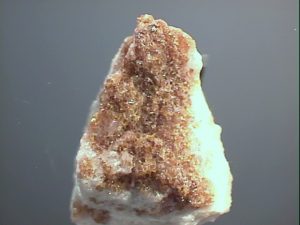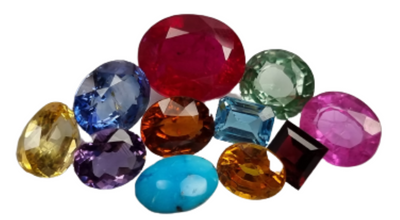
Burbankite: Gemstone Information
Burbankite from the intrusive alkalic gabbro-syenitic complex at Mt Saint Hilaire, Quebec, Canada, has the composition (Na,Ca)3 (Sr,Ba,Ce)3(CO3)5. Ornamental specimens have been found to show a color change from greenish yellow in fluorescent to yellowish orange in incandescent light. Burbankite is a member of the hexagonal system, forming long dihexagonal prismatic crystals with shallow pyramidal terminations. The hardness is 3–3.5 and the SG near 3.53. The RI is 1.630 and 1.632, DR 0.012, uniaxial negative.
There may be a weak pink fluorescence under LW and SWUV. Sharp absorption lines may be seen at 578, 522, 510, 488 and 444 nm. Remondite-(Ce), an associated mineral, has the composition Na3 (Ca,Ce Na,La)3(CO3)5 and is found at Mt Saint Hilaire with burbankite. Remondite-(Ce) has similar properties to burbankite. Rare earth elements may be present in either species.




